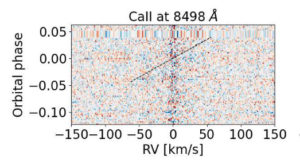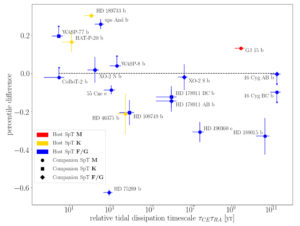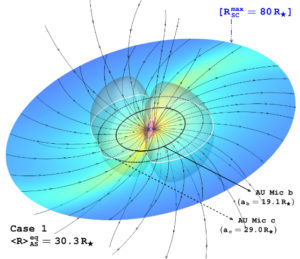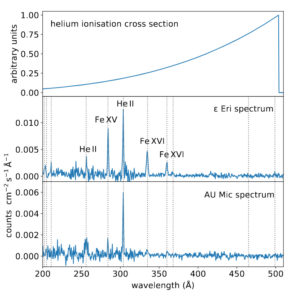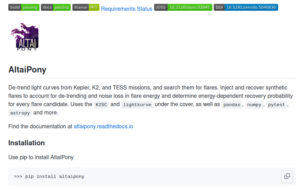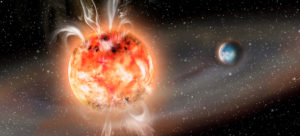New and old group members
We have a few new students in the group this spring (welcome to all of you!):
– Julia Schötzig, a bachelor student from TH Wildau, working on exoplanet orbital obliquities from PEPSI data (mentored by Dr. Engin Keles)
– Desmond Dsouza, a master student from Potsdam University, working on X-ray activity of wide binary stars (mentored by Nikoleta Ilic)
– Joana Wokittel, a master student from Humboldt University, working on telluric corrections for exoplanet transmission spectra (working directly with me)
– Cole Kilby, a master student from Potsdam University, working on machine learning approaches for exoplanet high-resolution spectra (mentored by Dr. Thorsten Carroll)
– Yu Xu, a PhD student from Peking University visiting the AIP for 2 years, working on coronal mass ejections (mentored by Dr. Julián Alvarado-Gomez).
A few people are in the process of moving on:
– Grace Foster has handed in her PhD thesis and will likely have her defense this summer, and then move on to a career in the US
– Dr. Silva Järvinen has moved over to the AIP’s high-resolution spectroscopy group for this year, where she will be the Instrument Scientist for the ELT-ANDES UBV spectrograph that I am the PI for.
And someone will continue staying in the group for a bit longer:
– Ekaterina Ilin has leveraged her accepted priority-A observations with XMM-Newton into a 2-year postdoctoral funding grant from the DLR and will therefore stay with my group for 2 more years. A really nice success!

